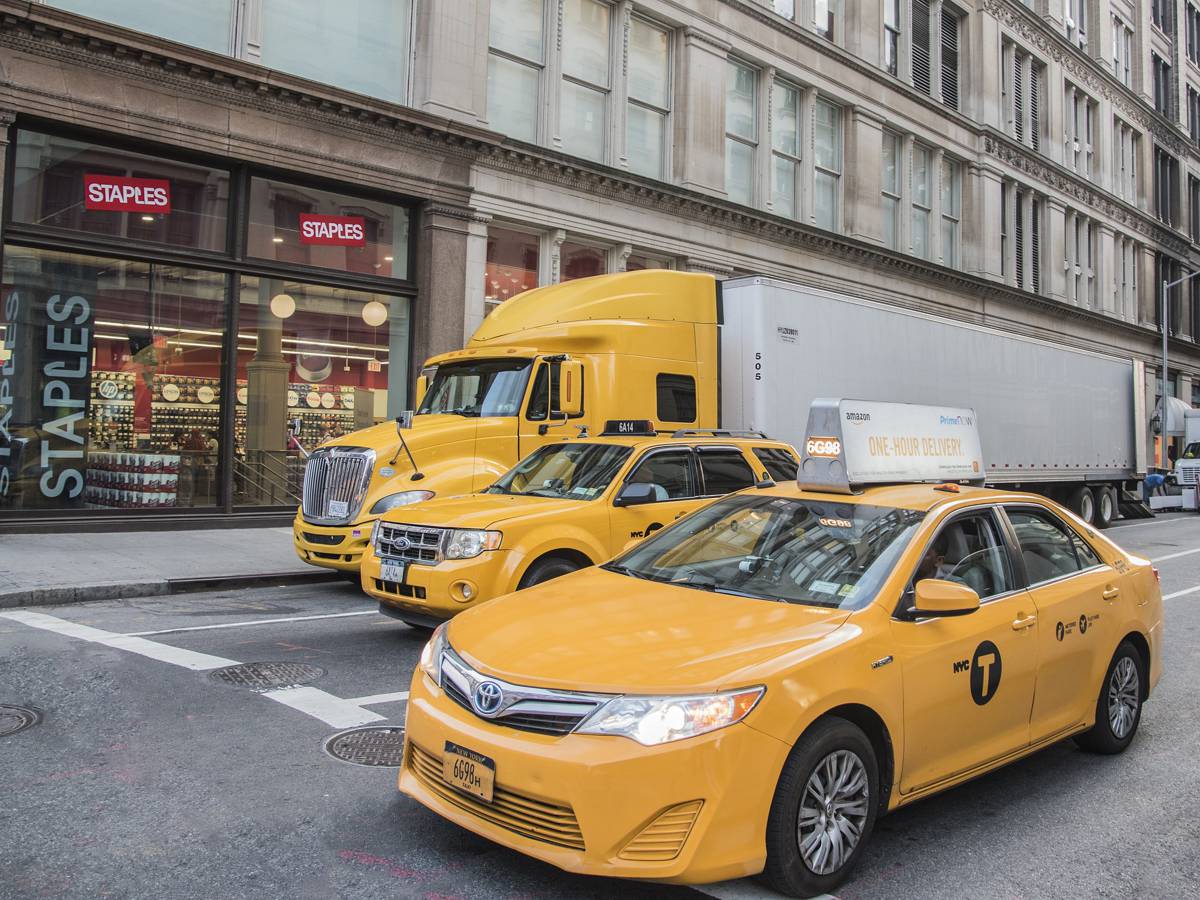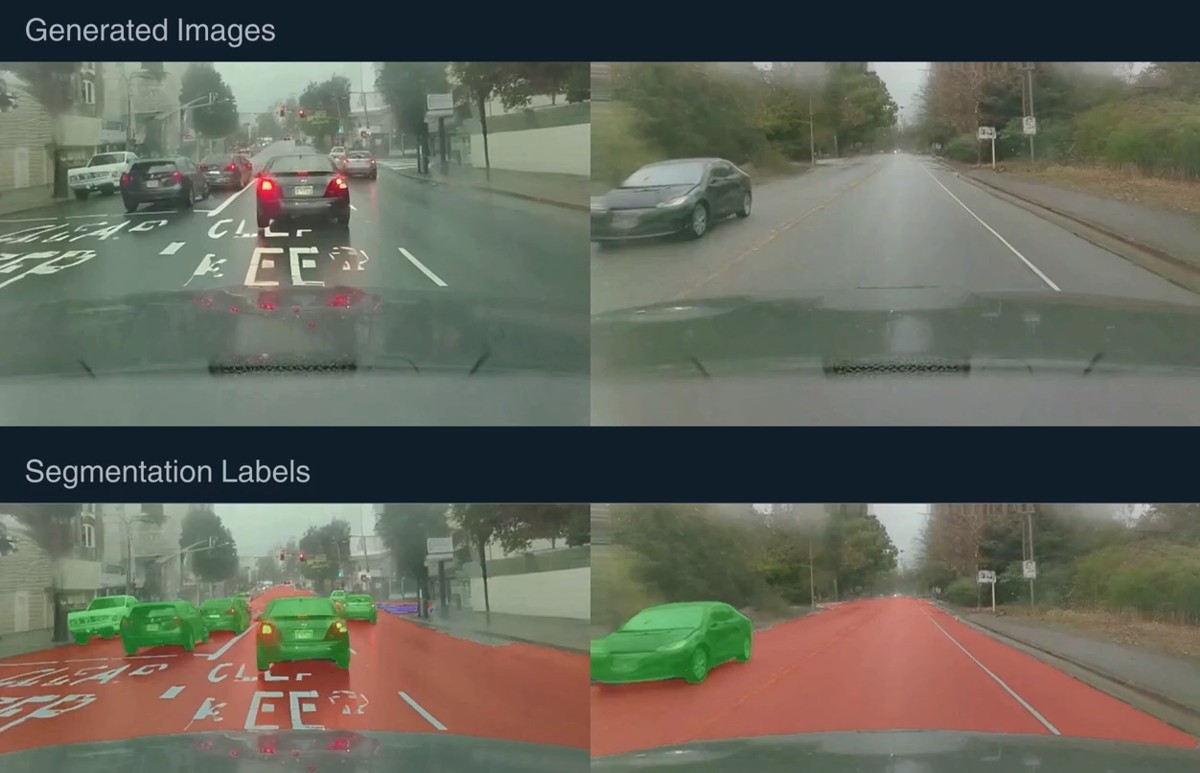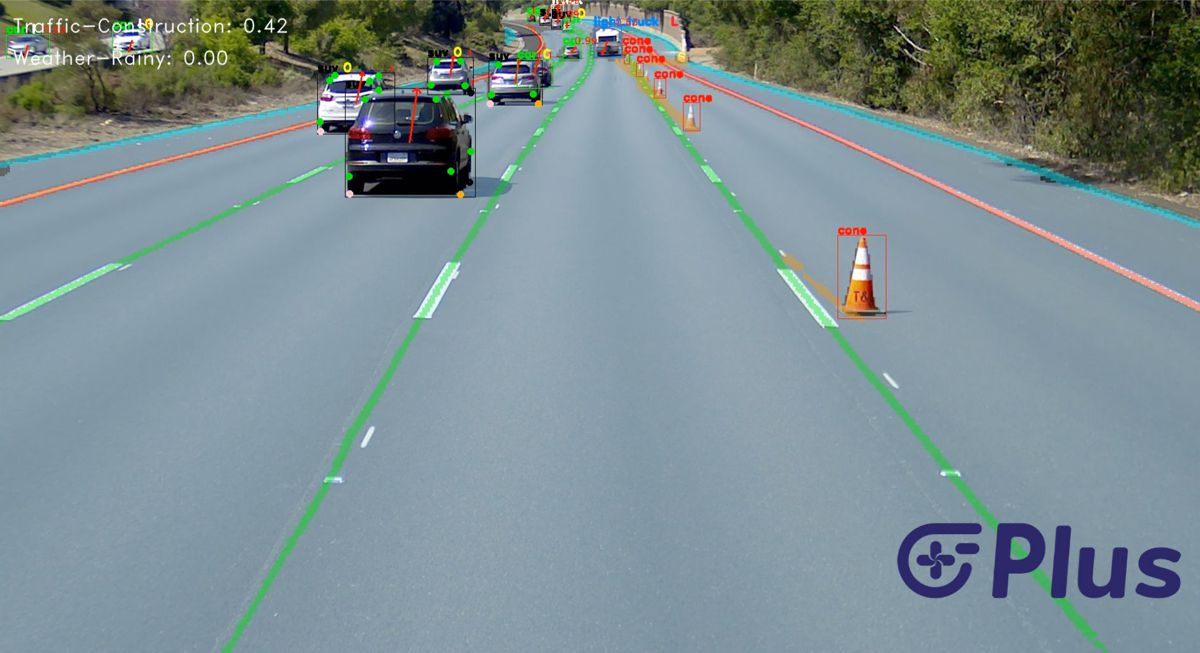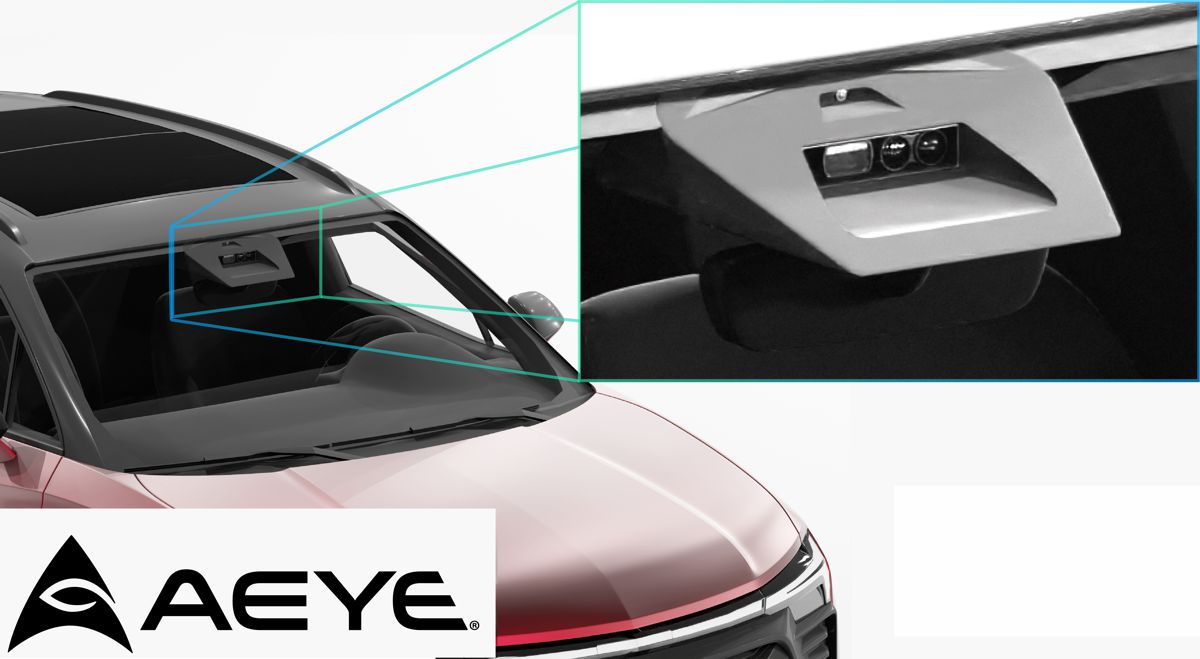Are Autonomous Vehicles set to Revolutionise Transport?
In 2022, the Department for Transport (DfT) commissioned Thinks Insight & Strategy and vehicle developer Aurrigo, to conduct a series of trials, held in areas of the country where little or no engagement with self-driving vehicle (SDVs) technology had occurred to date – Alnwick, a medieval castle town in Northumberland, central Manchester’s Etihad Stadium, and Somerset’s county town of Taunton. The vehicles were out and about for a week in each location, giving local people the chance to have a go themselves, but also to watch them navigate traffic, from pedestrians and cars, to buses, and even ducks.
Research teams from Thinks Insight and University College London interviewed local residents about their experiences with the vehicles, and their hopes and concerns about their future deployment on the UK’s varied roads.
Cutting edge EEG technology was used to measure brainwaves while people rode the vehicles, giving new insight into how we experience a journey that’s out of our control. Over 1000 people took part, making this one of the most comprehensive research studies on self-driving technology to date.
As you would expect the research reports are wide ranging and detailed to provide you with the most comprehensive insight into the needs and expectations of the public in relation to self-driving vehicles.
Some of the key findings are:
- Concerns about safety evolved through the trial, as people saw the technology in practice, and learnt more about the current level of road traffic incidents in the UK they started to see how it could offer improvements if well managed. This shift was particularly strong for some demographic groups who were initially more cautious, for example women and older people.
- Local people in all three locations often started out assuming that self-drivingvehicles would be useful ‘somewhere else’, and struggled to see how they could cope with the specifics of traffic in their area. But exploring potential use cases like summoning apps, shuttle services and shared mobility, as well as seeing the vehicles navigate real roads, led people to imagine new possibilities for their local area.
- Shared and public transport uses were seen as the real area of opportunity for self-driving vehicles, rather than private cars. From rural areas where bus services are patchy and unreliable, to towns that need regular shuttle services between key locations, people wanted to see self-driving vehicles delivering real benefits to the people who rely on public transport.
Lucy Farrow, Associate Partner at Thinks Insight and Strategy said, “This research project broke new ground by taking self-driving vehicles to communities that have never seen them before, and asking open questions about how the local transport system could benefit, or not, from this innovative technology.
“The report brings together insight on what citizens want from a self-driving vehicle, and a self-driving vehicle service, whether in a rural setting or an urban centre. We identified challenges, including the continued importance of safety for passengers and passers-by, but also solutions in terms of communications and deployment strategies.
“Importantly this project put citizens at the heart of the self-driving vehicle picture for the first time, which is crucial if this technology is going to deliver benefits for the many and not just the few.”
The full report is available on the Department for Transport website.















